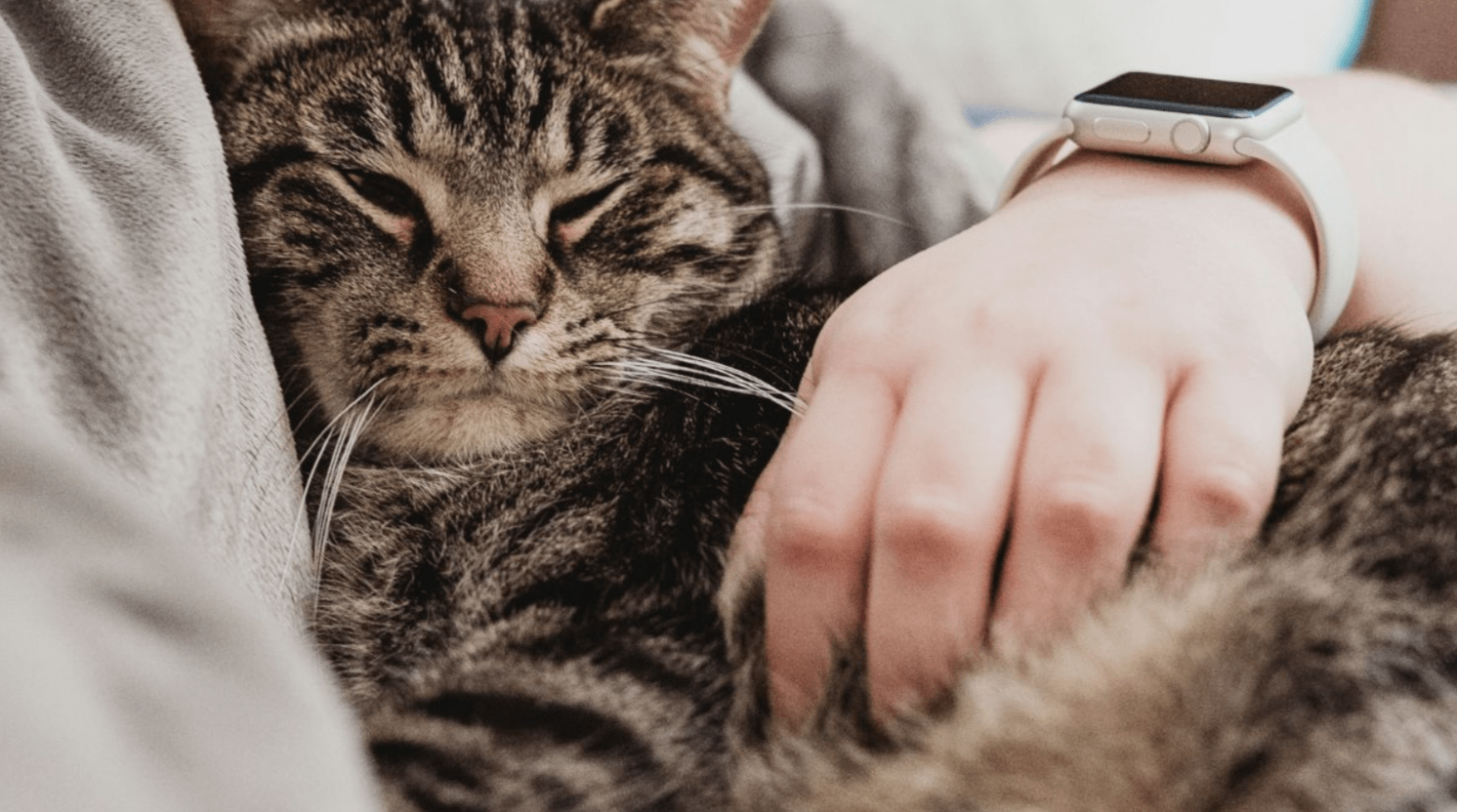Meta Description: Building a deep relationship with your dog requires vocal and nonverbal training. Learn how to utilize both methods to teach your dog.
There’s more to training your dog than just using verbal commands. You can also use nonverbal cues, like hand signals and eye contact, to let your furry friend know what you want them to do.
Start with basic obedience commands such as sit, stay, come, and down
Obedience training is a valuable skill to teach your dog. It allows both you and your pup to better understand each other and builds a stronger bond between the two of you. The process begins with basic commands like “sit”, “stay”, “come” and “down”. Establishing these ground rules right away makes it easier for more advanced instructions down the road. Not Learn how to use verbal and nonverbal cues to train your dog. Discover tips for successful training, as well as common mistakes to avoid.
One of the most important parts of properly training a dog is only does during dog beavior training that give your dog an enjoyable companionship together, but proper socialization skills can help protect your pooch from situations that could lead to an unsafe outcome. Teaching your pup these commands will expand their ability to trust and interact with people in positive ways, making life easier for everyone.
Use hand signals or body language in addition to verbal cues
Using hand signals or body language in addition to verbal cues can be a helpful way to provide even more clarity in the message that we want to convey. Not only is this type of communication easier to understand, it can also help keep conversations organized and efficient. While verbal communication is central and necessary, adding hand signals or body language both adds depth and provides an alternate mode of expression when words fail us.
Reward your dog for obeying commands with treats or praise
Rewarding positive behavior in your pup is an effective way to encourage them in their obedience training. As a pet parent, you can offer treats and praise to reward desired behaviors such as when the dog follows a command or does something impressive.
This helps to create a strong bond between you and your pup and keeps them motivated when learning new commands. Treats are a great tool for training because they allow for quick rewards that make learning easier for your pet.
Be consistent with your commands and rewards
Consistent commands and rewards in dog training are critical for reinforcing desired behaviors. Punishments should also be consistent, to avoid confusing your pup and causing them to become anxious or resentful.
When your pooch understands and is comfortable with the boundaries you’ve laid down, they’re more likely to obey requests and will be happy to receive their rewards. This encourages them to stay focused when it’s time to learn something new, pick up a useful trick – or simply enjoy the bonding time of going for a walk together!
Additionally, consistency allows progress to happen gradually as good habits form over time while ensuring that previous lessons aren’t forgotten.
Practice regularly to keep your dog’s training fresh in their mind
Training your dog is one of the most important elements of having a happy and well-adjusted pet. But it doesn’t stop once you’ve taught them the basics! To keep their training fresh in their minds, it’s important to practice regularly.
Even the simplest commands, like ‘sit’ and ‘down’, should still be practiced every few days. Setting aside just a few minutes each week to run through familiar commands not only maintains your pup’s good habits but also helps to strengthen the bond between you and your canine companion.
Have patience – it takes time and effort to train a dog properly
Training a dog properly takes time and effort, but the benefits far outweigh the challenges. Training a dog is like teaching any new skill – having patience is key if you want it to stick. A one-time lecture will not do the trick here – instead, it requires consistency and repetition to get your pup used to a new command or behavior.
When it comes to training, take your time and don’t rush things; reward good behavior, stay calm and be patient with your pup as they learn what is expected of them.
Training your dog can be a rewarding experience for both you and your furry friend. By starting with basic obedience commands and being consistent with your commands and rewards, you will be well on your way to having a well-trained dog in no time. Have patience and keep practicing – soon you’ll be enjoying all the benefits that come with owning a well-behaved pet!






